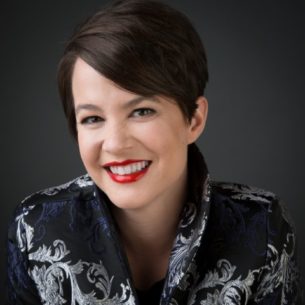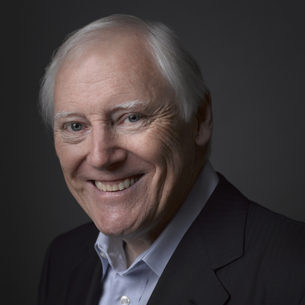- Belbin North America
- Team Reports
Team Report
The Belbin Team role report assesses how a group of individuals will work together as a team. It details who might take on which work within the team, and where there may be gaps or overlaps in behavioral contributions.
We may understand our own Belbin Team Role contributions but this is of limited use if we don’t share that information with others. To build and cultivate great teams, team members need to understand, recognize and maximize the behavioral strengths of others, while managing and containing the associated weaknesses. Once you have completed the Self-Perception Inventory and received feedback from others, how can you transition from individual to team development?
A Belbin Team report is the next step. It can be used for:
- Helping to form a new team
- Diagnosing the reasons for an underperforming team
- Putting together a project team
- Exploring the strengths and weaknesses of an existing team
- Checking that each team member is being used to his/her full potential
- Ensuring that the right person is being used for each team task
- Exploring the Team role culture of the team or group
- Identifying the gaps within a team, with a view to recruit a new team member
"When all team members have a Belbin Report, a team can identify simple, practical steps for getting better at everything that teams do: share ideas, gather information, discuss options, make decisions, allocate work, manage deadlines, connect with other individuals or teams, and on and on."
What does each page say?
If the team have all used the Observer Assessment element of the Belbin Individual report, the Belbin Team report is made up of 7 pages of advice and conversation starters!
- Overview of Team Role Composition: Ideal for the facilitator – has a précis of everyone’s data in one report.
- Potential Contributions: Who is best placed to play each of the nine Belbin Team Roles within the team? Some people may appear two or three times, others only once, but everyone will be mentioned. If there is a Team Role void – i.e. no-one shows a tendency towards a particular Team Role, the gap will be announced. This page is produced for a maximum of 15 team members.
- Team Role Circle: This page is produced for a maximum of 15 team members.
- Comparison Between Individual and Team: Shows the team’s average score for a Team Role against that of the highest-scoring individual, to show how dependent the team might be on one particular individual to play that role. Great for succession planning!
- Strong Examples of Team Roles: Highlights those who don’t just have a strength in a particular Team Role, but they show it in abundance and play it to best advantage.
- Team Role Averages: The averages for the team, along with a statement regarding the potential culture – this can be run for teams/departments/organizations…the potential uses are endless.
- Overall Observer Responses: An accumulation of all the Observer Words that have been ticked for that group of individuals. If you were looking to put together a vision/mission statement, this is a great place to start
A few words of caution: We do not recommend that the Belbin Team report is handed out to each team member. It is there as a guide for the facilitator, and needs to be understood before it is used. The Belbin Team report comes with a useful guide which highlights some potentially sensitive areas for feedback.
This report isn’t there as a definitive document. After all, we have no idea what type of team you are working with, the objectives, time-scales, hierarchy etc. But it’s a great tool with which to initiate meaningful, productive conversations and to start the team on the journey of becoming as great as it can be.
If you are unsure on how to get the most out of the Belbin Team report: or any of the Belbin reports, come along to an Introduction to Belbin Session, or become Belbin Accredited. Once individuals have completed their Self-Perception Inventory and received Observer feedback, you can generate the Belbin Team report.


